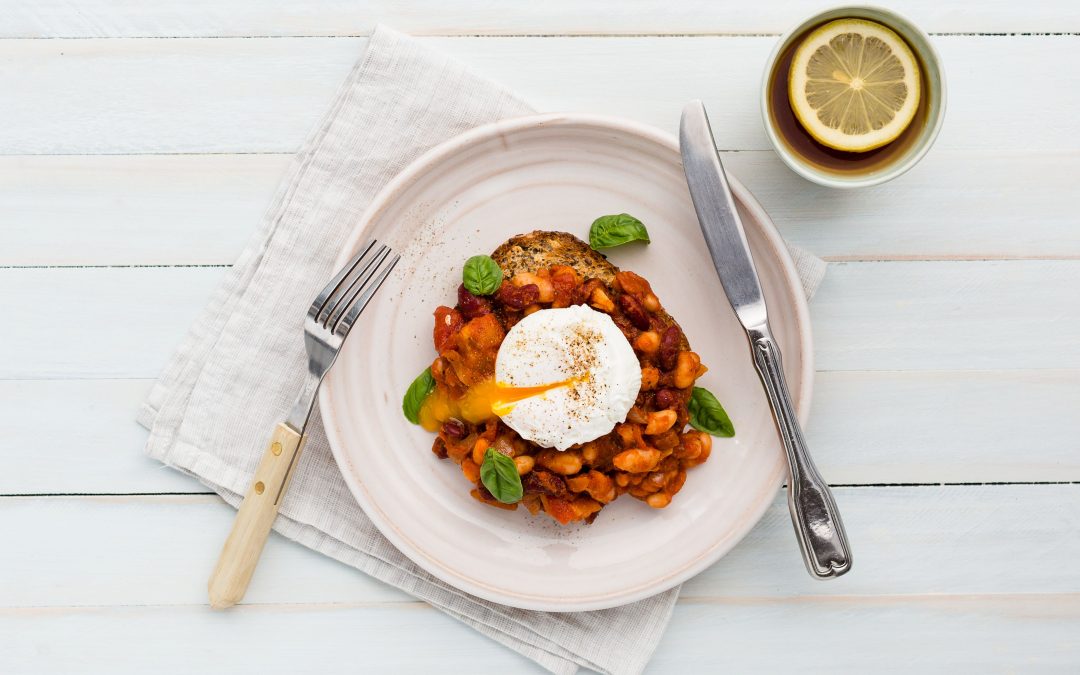When we hear about all the health benefits that are associated with eating plant-based diets, we’re talking about whole food plant-based diets. In today’s modern food environment, a vegan diet could simply mean surviving on potato chips, soft drink and white bread.
A whole food, plant-based approach to eating is all about eating unprocessed or minimally processed foods. This looks like fruit and veg, whole grains, legumes, nuts and seeds. Or it can mean foods made of ingredients that haven’t changed much from their natural state (i.e. not overly processed). The potential health benefits of plant-based eating are attributed to diets that consist mostly of ingredients like these.
Let’s look at 3 easy ways we can incorporate more plant based whole foods into our diets.
Increase the veggies on our plates!
This one sounds simple but is often overlooked! Fruit and veggies should be the cornerstones of our meals, but often our only veggies are a token green salad off to the side.
Veggies should make up at least half of our plate, especially the non-starchy kind like leafy greens, broccoli or cucumber. We can get creative with how we prepare our veggies like roasting or stir-frying to give them so much more flavour and life. We can even look to hide more veggies into unsuspecting places in dishes! Like a grated carrot in a bean nacho chilli, veggie patty or even a dip like a roast pumpkin hummus.
Whole grains, whole grains, whole grains!
Whole grains are super nutritious, being rich in fibre, b vitamins and zinc, and are known to have protective effects on our long-term health. This is all thanks to the fact that they’re unrefined, meaning they retain all that nutritional goodness as it’s from the germ and bran. Refined grains have the germ and the bran stripped away. Refined grains typically become white flour and although it’s still a source of energy and protein, it lacks the other good stuff. What’s more, whole grains are delicious! Brown rice sushi bowls, oaty muesli or quinoa salads are some of our favourite recipes incorporating whole grains.
Legumes – enjoy the lentil things
What’s the same about chickpeas, edamame beans, lentils, green peas, black beans and even peanuts? They’re all part of the legume family! The legumes we eat are the fruit or seed of the plant and are nutrient powerhouses. They’re all rich in protein and fibre, even though they differ slightly in micronutrient composition (the vitamins and minerals they provide, which is lots!). For example, black beans are a rich source of iron and folate, chickpeas are a good source of magnesium and peas deliver vitamin C. Canned or frozen legumes make life easier being (almost) ready to eat, but cooking dried yellow lentils in a dhal or split peas in a soup are also delicious and nutritious options.


